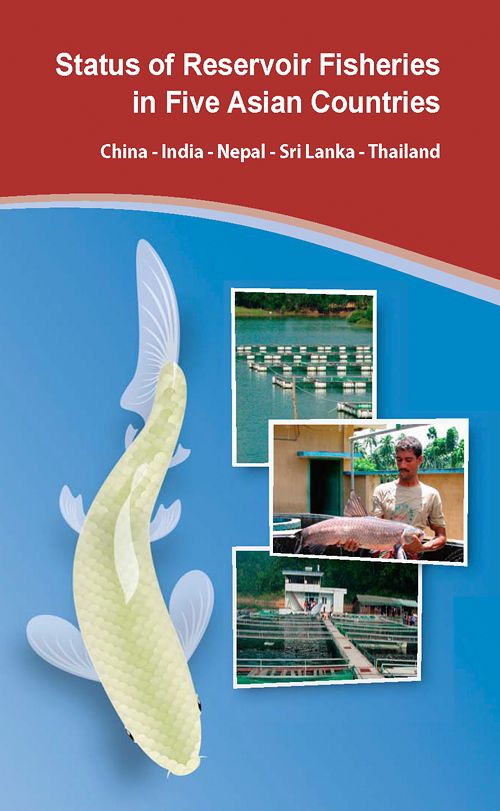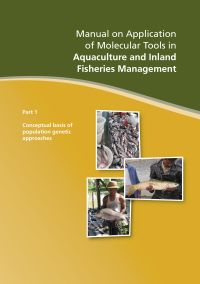Status of Reservoir Fisheries in Five Asian Countries
7 June 2009 | Sena De Silva and Upali Amarasinghe (eds.) | 1906 Downloads | .pdf | 1.1 MB | China, India, Nepal, Sri Lanka, Stock enhancement, Thailand
Reservoirs are rarely and or never created for fishery purposes. However, the secondary use of the impounded waters for fisheries is becoming an increasingly important activity, particularly in Asia, the region that is purported to have the highest reservoir acreage amongst all continents. Reservoir fish production is also gradually becoming a significant contributor to total inland production, and often provides a relatively affordable source of fresh and good quality animal protein source to many rural communities, as well many livelihood opportunities directly and indirectly.
Reservoir fishery activities in the recent past are also seen as a means of providing alternate livelihood opportunities to people that are displaced by the impoundment. Such livelihoods could entail engagement in capture fisheries and or aquaculture activities such as cage culture. In addition, nations are beginning to take note of the vast reservoir resources that are of a non-perennial nature in the Asian region for development of culture based fisheries. This development, a low cost community activity, is thought to provide significant subsidiary income to downstream farmers and contribute to their nutrition.
Notably in the region the reservoir fish fauna, fisheries production and management methods, amongst others factors, differ widely. The differences in fish yield between reservoirs and/or between countries cannot be easily understood and are unlikely to be determined by individual parameters or characteristics such as the reservoir fish fauna, water quality criteria, hydrological regimes, morphometry, management patterns and so forth. However, it is possible that there is a great deal to be learnt from management practices of each country. In the above context and in view of the increasing importance of reservoir fisheries in the region it was considered appropriate to take stock of the current status thereof, with a view to utilising this knowledge to develop and or evolve appropriate national and or regional strategies for sustained development of reservoirs fisheries.
This volume attempts to fulfil the above objective, and accordingly as a first step brings together reviews of the current status of reservoir fisheries, of China, India, Nepal, Sri Lanka and Thailand, all countries in which reservoir fisheries play a major role in fish production and rural livelihoods.
Creative Commons Attribution.

